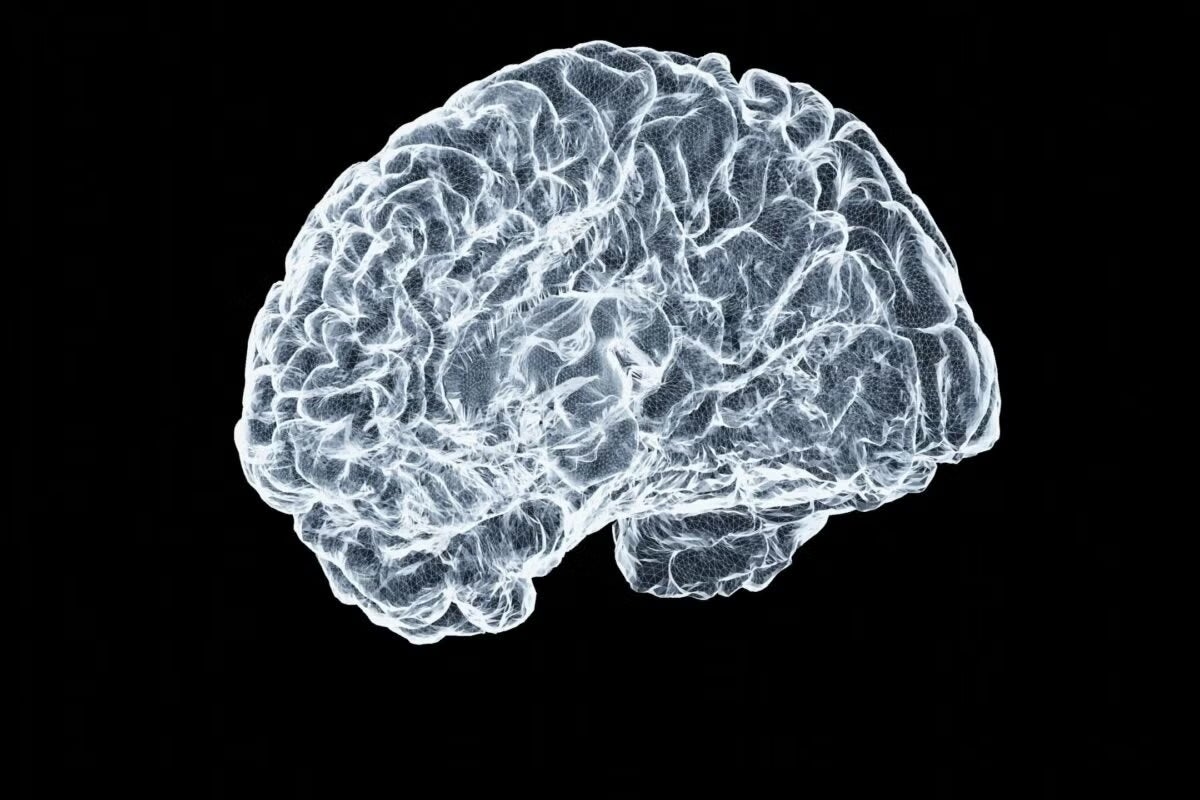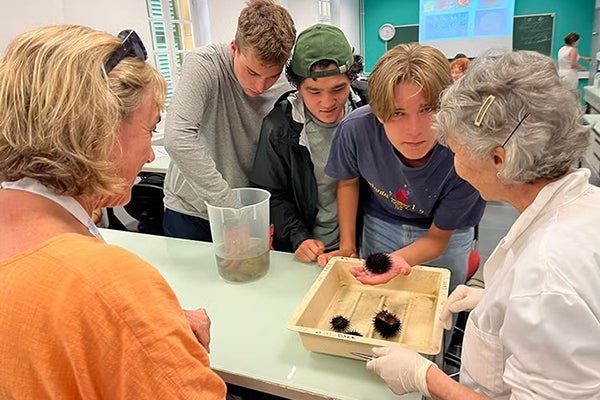Some Frogs Use Toxins to Deter Predators, but Evolution Doesn’t Supply Free Lunch
Poison frogs are able to withstand a toxin which they use to deter predators, but not without a cost.

Anthony’s poison frog (Epipedobates anthonyi). Credit: David Cannatella
Over the course of 500 million years, three species of poison frogs evolved to withstand a toxin they use to prevent predators from catching them. But, there’s a catch: the frogs experience a trade-off that may limit certain cognitive and behavioral functions, including some healthy muscle functioning.
The frogs can still hop normally and appear otherwise healthy, but produce less of a certain kind of receptor protein in the brain and nervous system leading the researchers to speculate that there are hidden costs present. Perhaps the frogs are compensating by producing more of a different kind of molecule, costing them more metabolic energy. The researchers plan further studies to pinpoint these hidden costs.
“I think the study makes a good model for how animals — organisms including ourselves — ultimately evolve and how natural selection works on us,” said Harold Zakon, a corresponding author to the paper and a professor of neuroscience and integrative biology at The University of Texas at Austin. “If you have a mutation that gives you a benefit, but also a disadvantage, evolution will determine if the benefit is greater than the disadvantage, so that you may live long and prosper.”
The findings were published in the journal BMC Biology in June.
Some authors of this paper previously discovered how a small genetic mutation allowed these frogs to gain resistance against the lethal effects of their own toxin epibatidine. They discovered a small genetic mutation: a change in just one of the 2,500 amino acids that make up the nicotinic acetylcholine receptor protein of the brain. A receptor is a type of protein on the outside of cells that transmits signals between the outside and the inside of the membrane. Receptors are like locks that stay shut until they encounter the correct key. When a molecule with just the right shape comes along, the receptor gets activated and sends a signal.
Unfortunately for the frogs’ predators, epibatidine also works on the receptor, like a powerful skeleton key hijacking cells and triggering a dangerous burst of activity. This study takes their previous findings a step further and explores the potential cost imposed on the frog alongside the benefit of the mutation. In addition to granting the frogs resistance to a lethal toxin, the amino acid mutation caused the frogs to produce less nicotinic acetylcholine receptor proteins.
Having too little of the receptor proteins is likely costly for cell membrane functionality, according to Zakon. It may impede proper signaling in the brain, among a variety of other issues. So, the frogs may expend energy in another way to compensate for the decrease in receptor proteins; how they accomplish this is unclear. In future studies, Zakon and the team plan to further explore the entirety of the cost.
A Necessary Mutation for Some
At some point in the evolutionary history of a variety of other unrelated species — some who use the toxin epibatadine and others who did not — this protective amino acid substitution may have appeared randomly. For the species who didn’t use epibatadine, like chickens or humans, the protective substitution disappeared as it provided them no benefit and imposed a cost; otherwise evolution would not have selected against it. But when the mutation arose by chance in the frogs, it increased their ability to sequester the toxin, and this benefit evidently outweighed any cost for them.
These frogs don’t actually produce epibatadine themselves — rather, they eat insects who produce it and then they sequester it — so, their ability to safely eat these insects probably did not arise until acquiring this protective mutation.
“The fact that it’s only in poison frogs that have these alkaloids and it happened three times, suggests that this is the only mutation that can occur that protects the receptor from this alkaloid,” Zakon said.
The team specifically studied nicotinic acetylcholine receptors located in the brains of frogs, but these receptor proteins do exist throughout the body. So, in addition to the frogs’ evolution to withstand the effects on toxins in the brain, they likely developed resistance elsewhere.
“They have this huge selective advantage to be able to maintain these toxins in their body,” said the study’s first author Julia York, formerly a Ph.D. candidate at UT Austin. She is now a postdoctoral fellow at the University of Illinois.
Also located in humans, the nicotinic acetylcholine receptor plays a role in pain and addictive behaviors. Further understanding the receptor’s behavior in frogs could eventually lead scientists to better understand these human behaviors.
Additional authors of the paper include David C. Cannatella and Cecilia M. Borghese, both from UT Austin, and Andrew A. George from Virginia Commonwealth University, School of Medicine.



